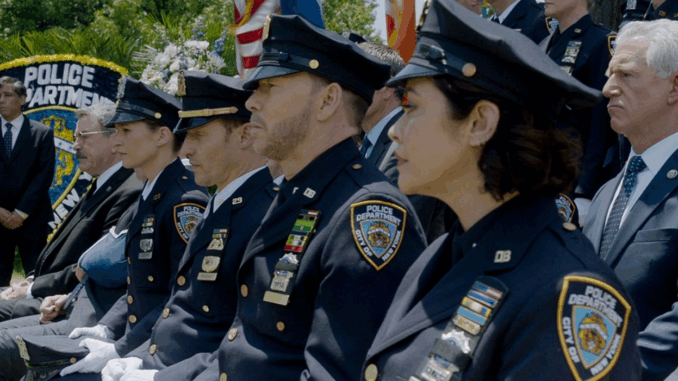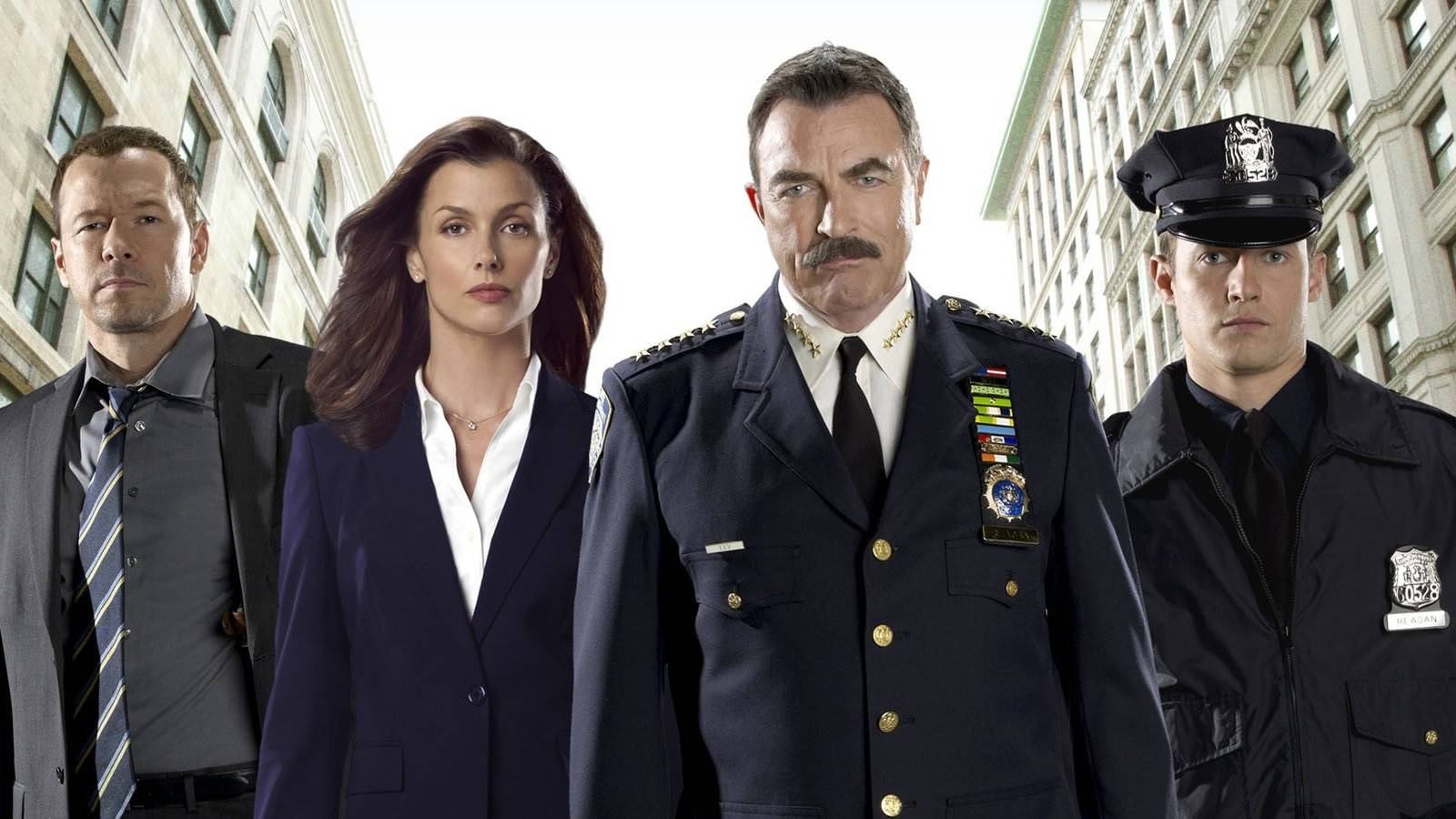
While Blue Bloods has always been anchored by the Reagan family, one of its most remarkable achievements is the depth and significance it gives to supporting characters. Many crime dramas rely heavily on their main cast, relegating secondary roles to background figures who exist solely to propel the plot. Blue Bloods, by contrast, treats its supporting characters as essential pillars of the story, allowing them to grow, evolve, and shine across fourteen seasons.
From detectives and patrol officers to prosecutors, medical examiners, and political officials, the show crafted a broad ecosystem of personalities who enriched the narrative. These characters were more than colleagues—they were emotional touchstones, sources of conflict, and representations of diverse experiences within the justice system.
A standout example is the dynamic between Danny Reagan and his various partners. Detective Maria Baez, in particular, became one of the show’s most beloved supporting characters. Her chemistry with Danny elevated countless episodes, blending sharp instincts with emotional intelligence. Baez’s backstory—her personal losses, professional struggles, and unwavering loyalty—added dimension to Danny’s character, showcasing a softer, more reflective side of him.
Similarly, Jamie Reagan’s partnership—and eventual marriage—to Eddie Janko created one of the series’ most engaging long-term arcs. Eddie’s introduction brought fresh energy to the show, as her wit and resilience contrasted with Jamie’s calm, principled demeanor. Their evolving relationship reflected real challenges faced by couples working in law enforcement, from departmental policies to emotional fatigue. Eddie’s journey—from rookie cop to respected officer—highlighted the struggles of women in policing while adding romantic and comedic layers to the series.
On the legal front, Erin Reagan’s world was shaped by supporting figures such as Anthony Abetemarco and various assistant district attorneys. Anthony, with his tough exterior and street-smart instincts, became a fan favorite due to his loyalty and his heartfelt, sometimes humorous, clashes with Erin. Their dynamic offered a nuanced portrayal of the justice system—where passion, experience, and the law often collide.
 Even minor recurring characters left lasting impressions. Officers like Officer Witten, Lieutenant Gormley, and Detective Abigail Baker provided texture to the professional lives of the Reagans. Baker’s calm intelligence and sharp professionalism made her indispensable to Frank, often serving as the voice of reason in tense situations. Gormley, with his loyalty and occasional hotheadedness, reminded viewers that police leadership involves navigating complex personalities, not just political pressure.
Even minor recurring characters left lasting impressions. Officers like Officer Witten, Lieutenant Gormley, and Detective Abigail Baker provided texture to the professional lives of the Reagans. Baker’s calm intelligence and sharp professionalism made her indispensable to Frank, often serving as the voice of reason in tense situations. Gormley, with his loyalty and occasional hotheadedness, reminded viewers that police leadership involves navigating complex personalities, not just political pressure.
What made these supporting characters so effective was the show’s commitment to authenticity. Each individual had motivations, flaws, histories, and growth. They weren’t simply accessories to the main cast; they were part of a larger narrative tapestry that reflected the interconnected world of law enforcement. This approach made the show feel lived-in—like a community rather than a closed family drama.
Moreover, supporting characters brought diversity of perspective. Not every character agreed with the Reagans, and this tension strengthened the storytelling. Officers challenged Frank’s decisions, detectives questioned departmental policy, and prosecutors debated ethics. These conflicts pushed the protagonists to grow, preventing the series from becoming morally one-sided.
The emotional weight of the supporting cast was also evident during storylines involving loss, trauma, or triumph. Whether it was Baez grieving a loved one, Eddie confronting workplace discrimination, or Anthony battling corruption cases that hit close to home, these arcs resonated deeply with viewers. Their struggles reinforced the show’s central theme: that justice is personal, complicated, and often painful.
Beyond individual storylines, the supporting cast helped build the world around the Reagans. Their interactions—friendly banter, disagreements, mentorships, and moments of solidarity—created a sense of realism that many crime dramas lack. They made the Reagans’ victories sweeter, their failures heavier, and their priorities clearer.
As Blue Bloods comes to an end, the contributions of these characters become even more evident. They enriched the show not by overshadowing the leads, but by expanding the emotional and moral landscape. They offered audiences new angles through which to understand the challenges of policing, the intricacies of the legal system, and the weight of public service.
In the end, Blue Bloods is remembered not only for its central family but for the community that stood around them—supporting, challenging, and shaping them. It’s this community of characters that made the series feel complete, reminding viewers that behind every badge, every case, and every courtroom decision, there are countless voices and stories worth telling.
